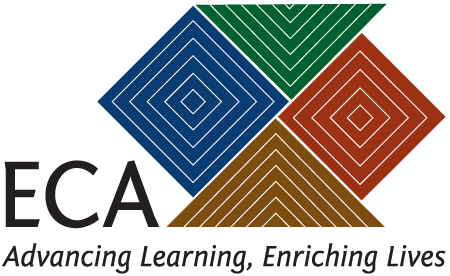Linking specific practices with children’s learning is the heart of good teaching. Doing so effectively requires teachers to combine lots of knowledge. First, they have to understand child development and the milestones to strive for along the preschool continuum. They need to recognize and understand the development, temperament, culture and interests of each child as well as what parents’ expectations are for their children. In addition, they need to know about curriculum and types of activities that will contribute to children’s optimal development and learning.
 To use assessment data in planning is a complex process. To navigate the process it helps to understand the link between child outcomes, curriculum and the assessment system your program is using. With these connections clear, staff can more easily use assessment information to plan instruction.
To use assessment data in planning is a complex process. To navigate the process it helps to understand the link between child outcomes, curriculum and the assessment system your program is using. With these connections clear, staff can more easily use assessment information to plan instruction.
Once you collect assessment information you need to use it. While staff may be good at conducting child assessments and recording data they may need help understanding how to move from information to instructional planning. Consider the following steps:
Step 1.
Look at the assessment information as a whole. Does it come from a variety of sources over a period of time?
Step 2.
Examine the data and try to find out if it tells you about children’s development. Look for patterns in a group of children. Look for children who do not fit the pattern. For example, you might find that many children can recognize vocabulary words but cannot engage in conversations on a topic. Where does the child assessment compare with the teacher’s and parent’s understanding and expectations? How does each child’s preferences, skills and abilities vary across different developmental areas?
Step 3.
Make instructional decisions for the group and children based on multiple sources of information and thoughtful reflection. Use your knowledge about current development of the group and individuals to identify developmental goals and plan instruction.
Administrators play a vital role in guiding staff through these steps. Talking with staff about each step, and giving examples of what to look for, makes the task easier. Review assessment data regularly with staff. Help them start to see patterns. Ask questions that help staff gain a deeper understanding of the link between assessment and curriculum. Use their analysis of data to set and to develop/differentiate instructional strategies and activities. Then they will have the tools they need to turn their assessments of children into interactions that support learning.

